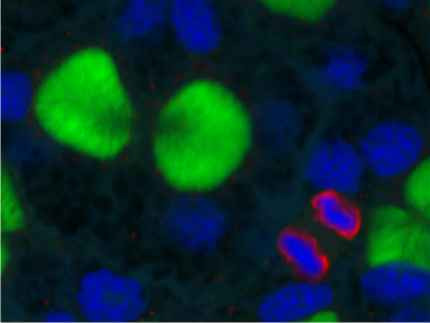Organization and development of insect epithelia
Exocrine glands in insects are diverse in structure and function. We examine the complex cellular and subcellular organization of exocrine glands in insects . Moreover, we study how gland primordia, simple epithelial structures, differentiate into organs composed of various cells types with a characteristic morphology.
selected publications:
- Richter KN, Rolke D, Blenau W, Baumann O (2016) Secretory cells in honeybee hypopharyngeal gland: polarized organization and age-dependent dynamics of plasma membrane. Cell Tissue Res 366, 163–174
- Baumann O, Bauer A (2013) Development of apical membrane organization and of V-ATPase regulation in blowfly salivary glands. J. Exp. Biol. 216, 1225-1234
- Rotte C, Walz B, Baumann O (2008) Morphological and functional characterization of the thoracic portion of blowfly salivary glands. Arthropod Structure & Development 37, 372-382

